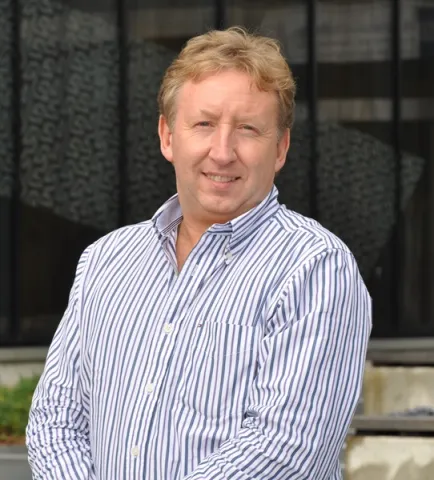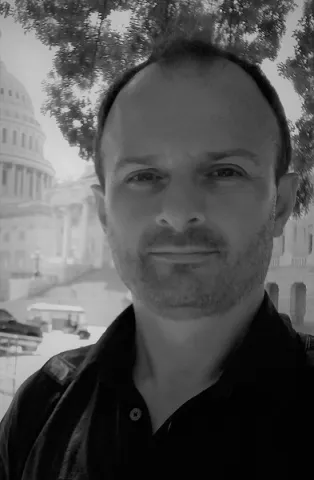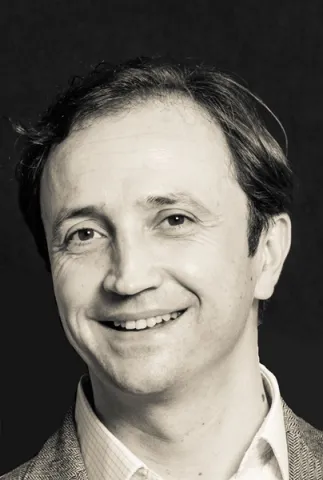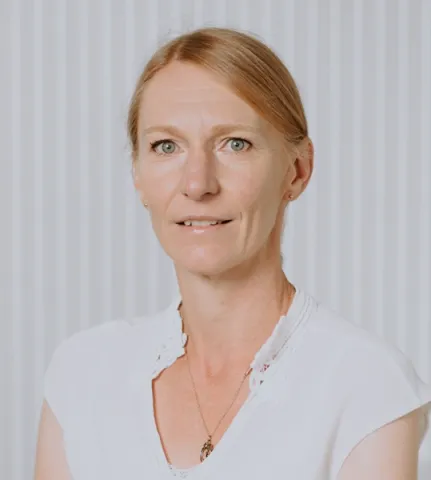Project overview
The theme of this platform grant is electronic-photonic convergence. It underpins expertise in integrated photonics platforms such as silicon photonics, mid-IR photonics, non-linear photonics and high speed electronics, all of which make use of a common fabrication platform. The convergence of electronics and photonics underpins a host of technologies ranging from future internet to consumer products, and from biological and chemical sensing to communications. The integration of electronics and photonics is recognised as the only way to manage the massive data demands of the future, and is consequently crucial to the continuation of the digital age.
Silicon Photonics is an example of an emerging technology that will bring photonics to mass markets via integration with electronics. Integrated silicon systems are projected to serve a market in excess of $700M by 2024 (Yole Development, 2014), but is reliant on photonics converging with electronics. Furthermore, some aspects of silicon photonics will encompass non-linear photonics in second generation devices for all optical processing in a fully integrated platform. Similarly, related technologies such as SiGe-on-Insulator and Ge-on-Insulator are poised to revolutionise the next generation of communications and integrated sensor technologies, all on an integrated platform with electronics and non-linear photonics. Underpinning a team in these crucial areas of expertise supported by a flexible funding platform will enable us to pioneer work in these technology areas, and to add value to ideas that emerge.
The convergence of electronics and photonics will result in complex integrated systems, linked via fabrication technologies. Electronic-photonic integration has yet to be addressed in a meaningful way in silicon based technologies, and this team collectively have the essential skills to do so, at an institution that possesses the key fabrication equipment to facilitate success. Due to the complex nature of fabrication for research, existing RAs are fully utilised, and have little or no additional scope for strategic research. The platform grant will give us the opportunity to dedicate fabrication resource and RA skills to strategic projects, and specific innovation. We will do this by utilising the RAs within the project to deliver work of significant strategic importance to the portfolio of grants held by the group, whilst also developing the research and managerial skills of the RAs by giving them specific management responsibilities whilst being mentored by one of the investigators.
Silicon Photonics is an example of an emerging technology that will bring photonics to mass markets via integration with electronics. Integrated silicon systems are projected to serve a market in excess of $700M by 2024 (Yole Development, 2014), but is reliant on photonics converging with electronics. Furthermore, some aspects of silicon photonics will encompass non-linear photonics in second generation devices for all optical processing in a fully integrated platform. Similarly, related technologies such as SiGe-on-Insulator and Ge-on-Insulator are poised to revolutionise the next generation of communications and integrated sensor technologies, all on an integrated platform with electronics and non-linear photonics. Underpinning a team in these crucial areas of expertise supported by a flexible funding platform will enable us to pioneer work in these technology areas, and to add value to ideas that emerge.
The convergence of electronics and photonics will result in complex integrated systems, linked via fabrication technologies. Electronic-photonic integration has yet to be addressed in a meaningful way in silicon based technologies, and this team collectively have the essential skills to do so, at an institution that possesses the key fabrication equipment to facilitate success. Due to the complex nature of fabrication for research, existing RAs are fully utilised, and have little or no additional scope for strategic research. The platform grant will give us the opportunity to dedicate fabrication resource and RA skills to strategic projects, and specific innovation. We will do this by utilising the RAs within the project to deliver work of significant strategic importance to the portfolio of grants held by the group, whilst also developing the research and managerial skills of the RAs by giving them specific management responsibilities whilst being mentored by one of the investigators.
Staff
Lead researchers
Other researchers
Collaborating research institutes, centres and groups
Research outputs
Vinita Mittal, George Devitt, Miloš Nedeljković, Lewis Glynn Carpenter, Harold Chong, James S. Wilkinson, Sumeet Mahajan & Goran Mashanovich,
2020, Biomedical Optics Express, 11(8), 4714-4722
DOI: 10.1364/BOE.398013
Type: article
Li Shen, Haonan Ren, Meng Huang, Dong Wu & Anna Peacock,
2020, Optics Communications, 463
Type: article
Shinichi Saito, Isao Tomita, Moise, Sala Henri Sotto, Kapil Debnath, James Byers, Abdelrahman Al-Attili, Daniel Burt, Muhammad K Husain, Hideo Arimoto, Kouta Ibukuro, Martin Charlton, David Thomson, Weiwei Zhang, Bigeng Chen, Frederic Gardes, Graham Reed & Harvey Rutt,
2020, Japanese Journal of Applied Physics
Type: review
Joaquin Faneca Ruedas, Thalia Domínguez Bucio, Frederic Gardes & Anna Baldycheva,
2020, Applied Physics Letters, 116(9), 93502
DOI: 10.1063/1.5140350
Type: article
Thalia Domínguez Bucio, Cosimo Lacava, Marco Clementi, Joaquin Faneca Ruedas, Ilias Skandalos, Matteo Galli, Kapil Debnath, Anna Baldycheva, Periklis Petropoulos & Frederic Gardes,
2020, IEEE Journal of Selected Topics in Quantum Electronics, 26(2), 1-13
Type: article



